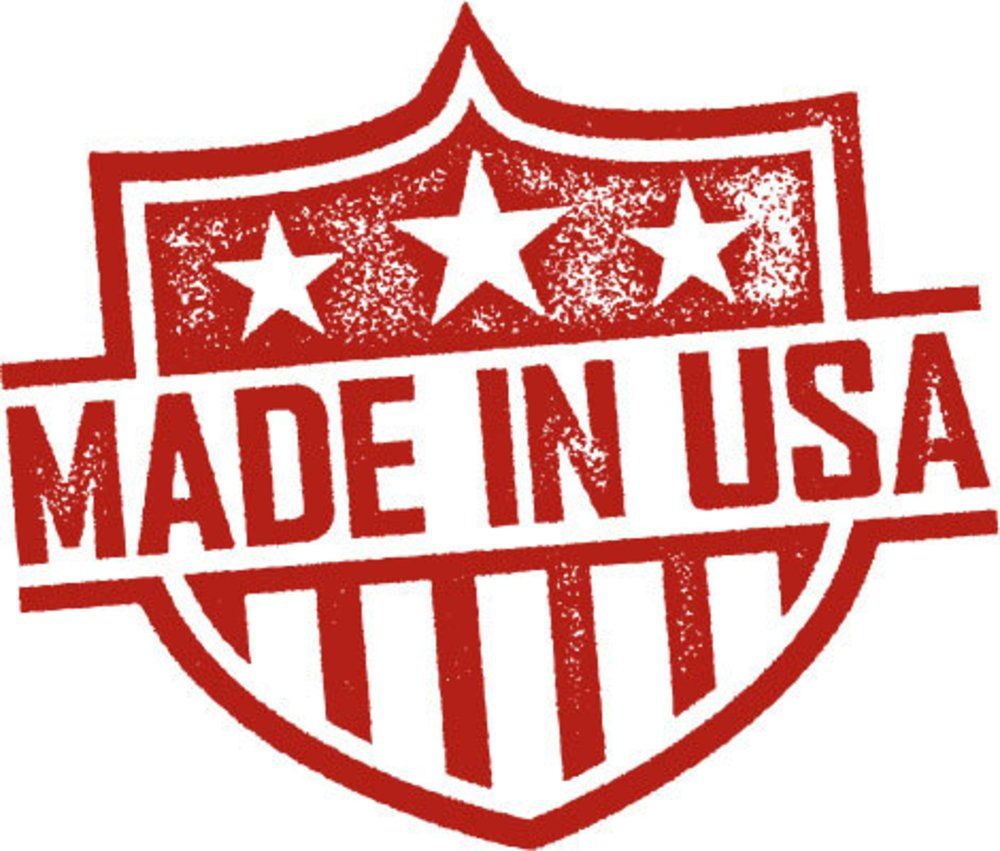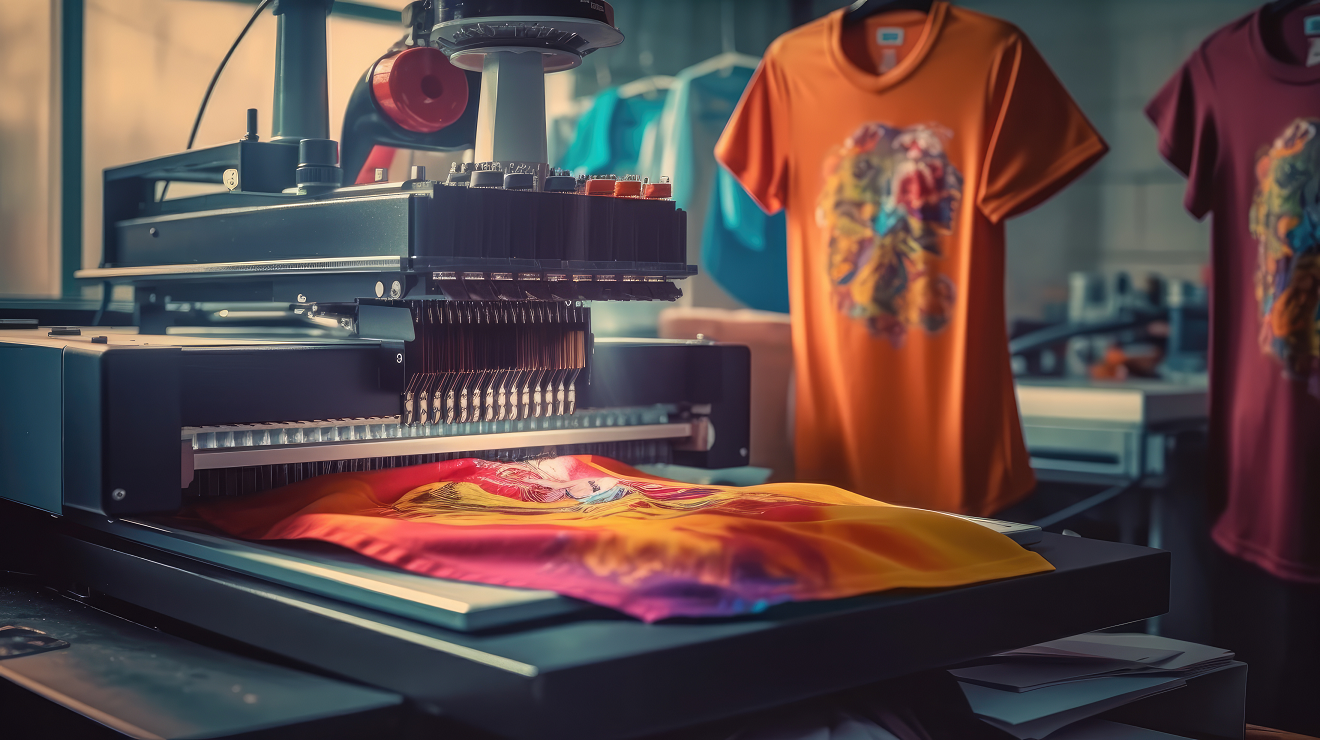Made in America: 3 Reasons Apparel Manufacturing is Back
Published: November 18
For many consumers, the phrase “Made in America” packs a powerful punch. Those three words speak volumes of meaning about your product — evoking national pride and a sense of high quality while easing anxiety about offshore apparel sourcing, including looser industry regulations and concerns about working conditions abroad.
But for the apparel industry, “Made in America” has, in recent decades, come with a hefty price tag. The breakneck pace of fast fashion and pressure to keep prices low make volume production of apparel overseas a financially prudent decision for many United States apparel businesses.
However, some recent trends in the garment manufacturing industry are making reshoring — that is, bringing clothing manufactured back to the United States — a more viable, cost-effective option for companies that make fashion and footwear. Here are three of the top factors that make domestic apparel manufacturing an attractive option for fashion and footwear companies:
- Decreased shipping time and improved oversight for clothing manufacturers:
Offshoring can improve production time and reduce costs, but it can also introduce shipping bottlenecks. Put simply, it costs much less — in terms of both time and money — to ship an order from California to Illinois than to move product halfway around the globe. In an article from USA Today, Rachel Weeks, CEO of School House (a university-licensed apparel business), describes receiving international orders up to three months late: “That kind of thing can put you out of business.” Because it’s harder (not to mention more costly) to oversee production in another country, it can also be difficult to make sure your apparel factory is complying with deadlines. Moving her apparel manufacturing to United States contractors eliminated this bottleneck — much to the satisfaction of her customers — and improved her profit margins by 13-18%, despite the increase in labor costs.
- Rising costs of offshoring:
Cost-effectiveness has always been the driving force behind offshoring, and labor costs in other countries tend to be too low for
clothing manufacturing in the United States to be competitive. But even that is beginning to change. China, a veritable hub for apparel and textile sourcing, saw a 10% increase in labor costs in 2013 — and that increase hasn’t, for the most part, come with increased quality of goods. Meanwhile, lower energy costs in the United States make domestic apparel manufacturing more affordable, while giving consumers more spending money for more expensive goods made in the US. As the cost of labor overseas rises and consumers show they’re willing to pay more for locally sourced goods, offshoring just doesn’t deliver the value it did a decade ago.
- Improvements in enterprise resource planning (ERP): Ultimately, the decision to move apparel manufacturing stateside is a matter of costs and benefits — but to know for sure whether reshoring is viable for your business, you need access to good data. KPMG cites inadequate enterprise resource planning as one of the stumbling blocks companies face when deciding whether to reshore: “It’s crucial to have an in-depth understanding of the exact cost to serve across each line of product and channel in your business… too many companies struggle to use this data to run effective programs and projects. ”Today’s ERP software solutions streamline the process of running an apparel business, from sourcing textiles to fulfilling customer orders, while providing a single knowledge base for your data that’s accessible across your organization. Improved technology makes it easier than ever to make data-driven decisions about your business — including whether it’s worth it to reshore.
When considering whether to bring your apparel manufacturing back home, you need an ERP solution that will enable you to run an accurate cost/benefit analysis. ABS’s ERP software tailored for the apparel and fashion industry is an all-inclusive solution that gives you a full view of your business — from all points in your clothes manufacturing and distribution supply chain, to inventory management across multiple warehouses, to customer communications. Our costing modules support both domestic manufacturing and global sourcing to help you keep track of your costs.
Have questions? Contact ABS today to learn more.
We will get back to you as soon as possible.
4325 Alexander Drive, Suite 100
Alpharetta, GA 30022-3740
Copyright ©2025 Apparel Business Systems | All Rights Reserved











